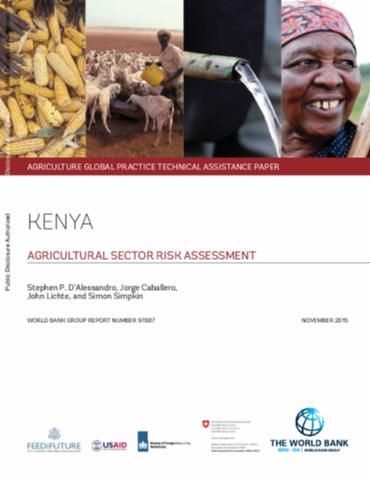Urbanization Trends in Bolivia
This note is a summary of a report that
considers urban areas as the complement to rural areas that
will allow the Plurinational State of Bolivia to achieve the
goals set forth in its Patriotic Agenda for the Bicentennial
2025. The report uses data available at the national level
from censuses and household surveys from the National
Statistics Institute (INE) and the Social and Economic
Policy Analysis Unit of the Ministry of Development Planning



